Plants and flowers are not just pretty faces in the garden; they are living, breathing organisms with incredible abilities. From ancient trees to tiny flowers, the plant kingdom is full of surprises. Get ready to discover 15 jaw-dropping facts about plants and flowers that will change how you see the natural world.
15 Surprising Facts about Plant & Flowers (One Line)
- Some plants can scream for help.
- Certain flowers can predict the weather.
- There are plants that eat animals.
- A flower blooms every 3,000 years.
- One tree can create an entire forest.
- Some plants have built-in clocks.
- Flowers communicate with each other.
- There’s a flower that smells like rotting flesh.
- Bamboo can grow up to 3 feet in a single day.
- Sunflowers track the sun’s movement.
- Some plants can live for thousands of years.
- The world’s smallest flower is the size of a grain of rice.
- Certain flowers change color depending on the soil.
- Some plants glow in the dark.
- Flowers can manipulate animals for their own benefit.
1. Some Plants Scream for Help:
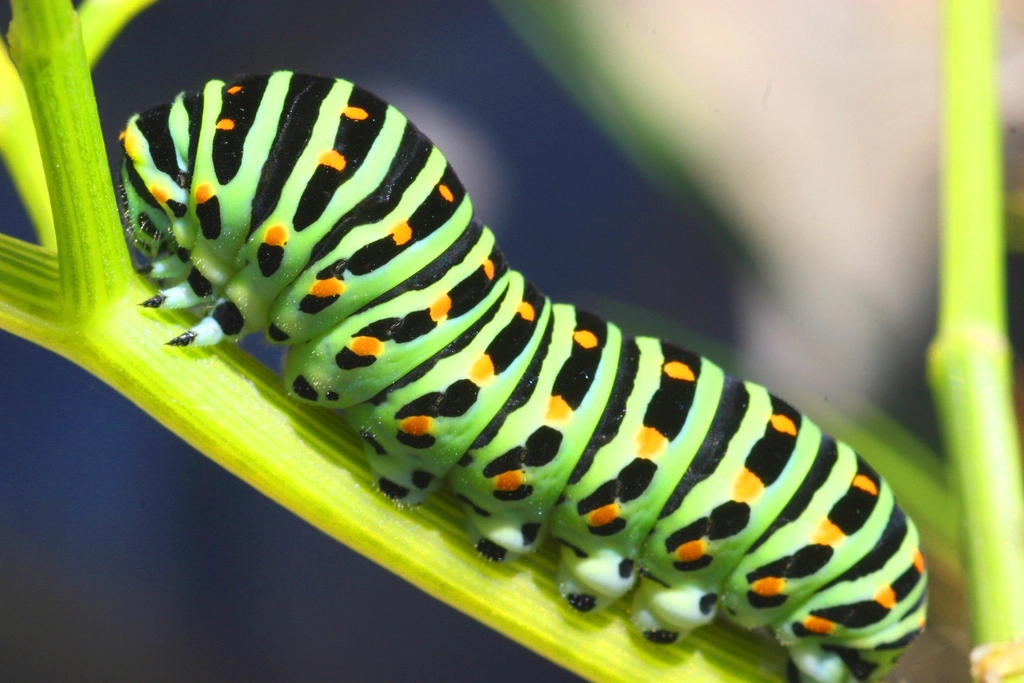
Plants might not have vocal cords, but they have their own way of calling for help when under attack. When pesky insects start munching on their leaves, some plants release special distress signals into the air. These signals are like chemical perfumes that attract other insects, the natural enemies of the attackers. For example, when a caterpillar starts chewing on a corn plant, the plant releases a scent that attracts parasitic wasps. These wasps lay their eggs inside the caterpillars, eventually killing them and saving the corn plant from further damage. It’s like the plant is saying, “Hey wasps, come and get it! Free lunch!”
2. Flowers Know When It’s Going to Rain:
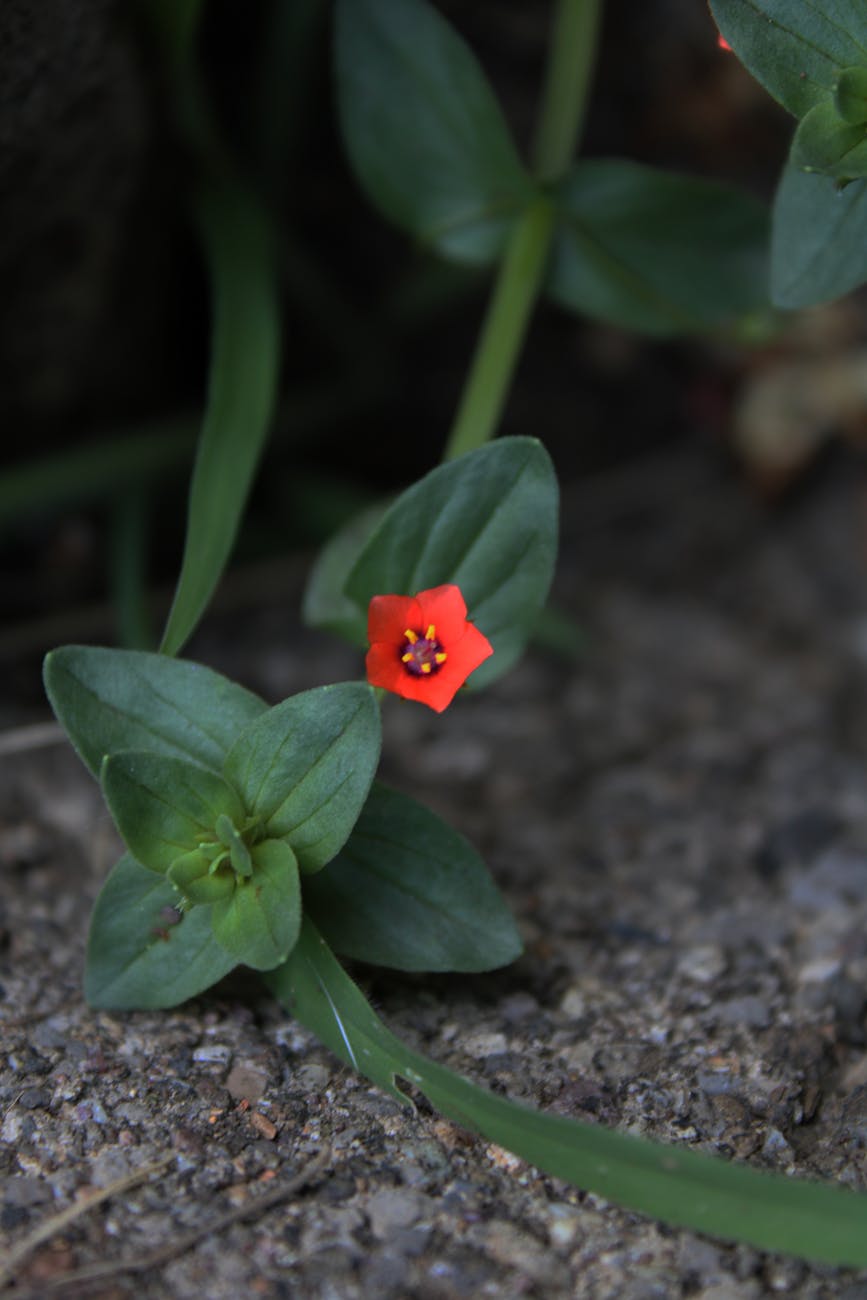
Ever wondered how some flowers seem to know when rain is on the way? It’s not magic, it’s science! Flowers like the Scarlet Pimpernel have evolved to be sensitive to changes in humidity and light. When the air gets damp and the sky darkens, these flowers close up their delicate petals to protect their pollen from getting wet and washed away. It’s like they have a built-in weather forecast, keeping them safe and dry during a storm.
3. There Are Plants That Eat Meat:
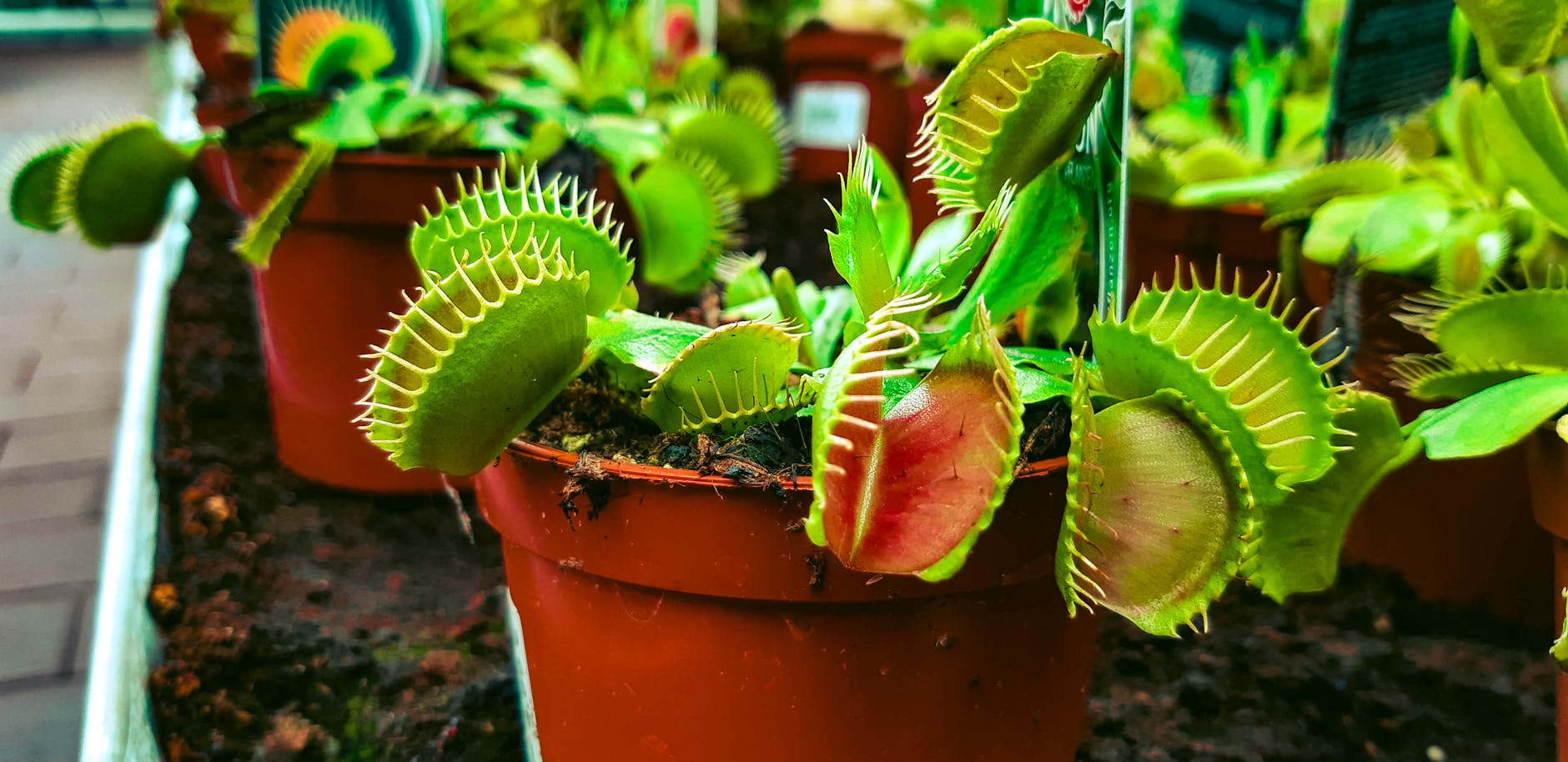
While most plants get their nutrients from the soil, carnivorous plants have taken a different path. They live in places where the soil is poor in nutrients, so they’ve developed clever traps to catch insects and other small creatures. The Venus flytrap, for example, has hinged leaves that snap shut when an unsuspecting insect lands on them. Pitcher plants have deep, slippery pitchers filled with digestive juices, while sundews have sticky tentacles that trap bugs like flypaper. These plants get a much-needed nutrient boost from their insect meals.
Read More: Green Technology: 15 Awesome Innovations for a Better Planet
4. One Flower Blooms Every 3,000 Years:
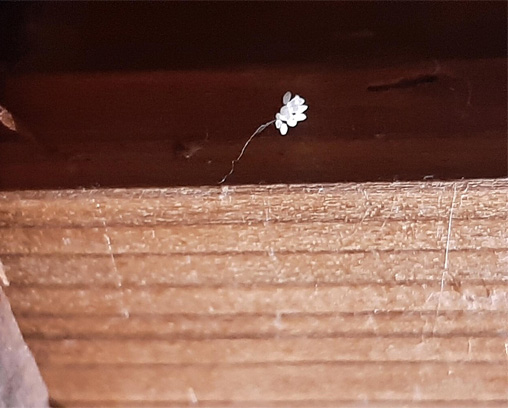
The Udumbara flower is shrouded in mystery and legend. It’s so rare that some Buddhist texts claim it only blooms once every three thousand years. This tiny white flower is said to be a sign of good luck and spiritual significance. While some scientists debate whether it’s a true flower or a type of insect egg, the Udumbara remains a symbol of wonder and rarity in the natural world.
5. One Tree Can Create an Entire Forest:
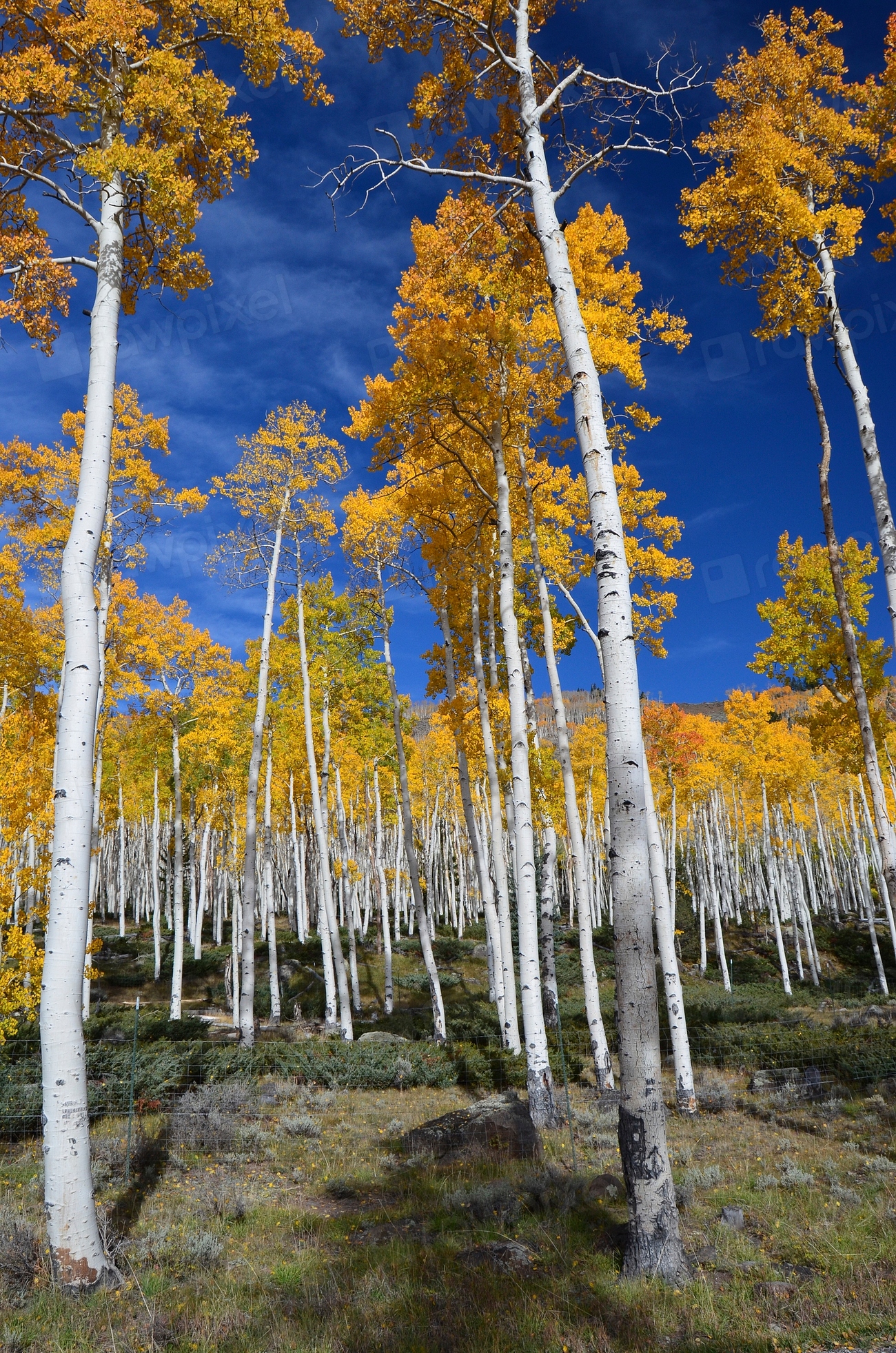
Pando, also known as the Trembling Giant, is a truly remarkable organism. It looks like a forest of individual trees, but it’s actually one giant tree connected underground by a massive root system. It’s estimated to be over 80,000 years old, making it one of the oldest living things on Earth. This clonal colony of quaking aspens covers over 100 acres and is constantly growing and changing. It’s a testament to the resilience and adaptability of nature.
6. Plants Have Their Own Clocks:
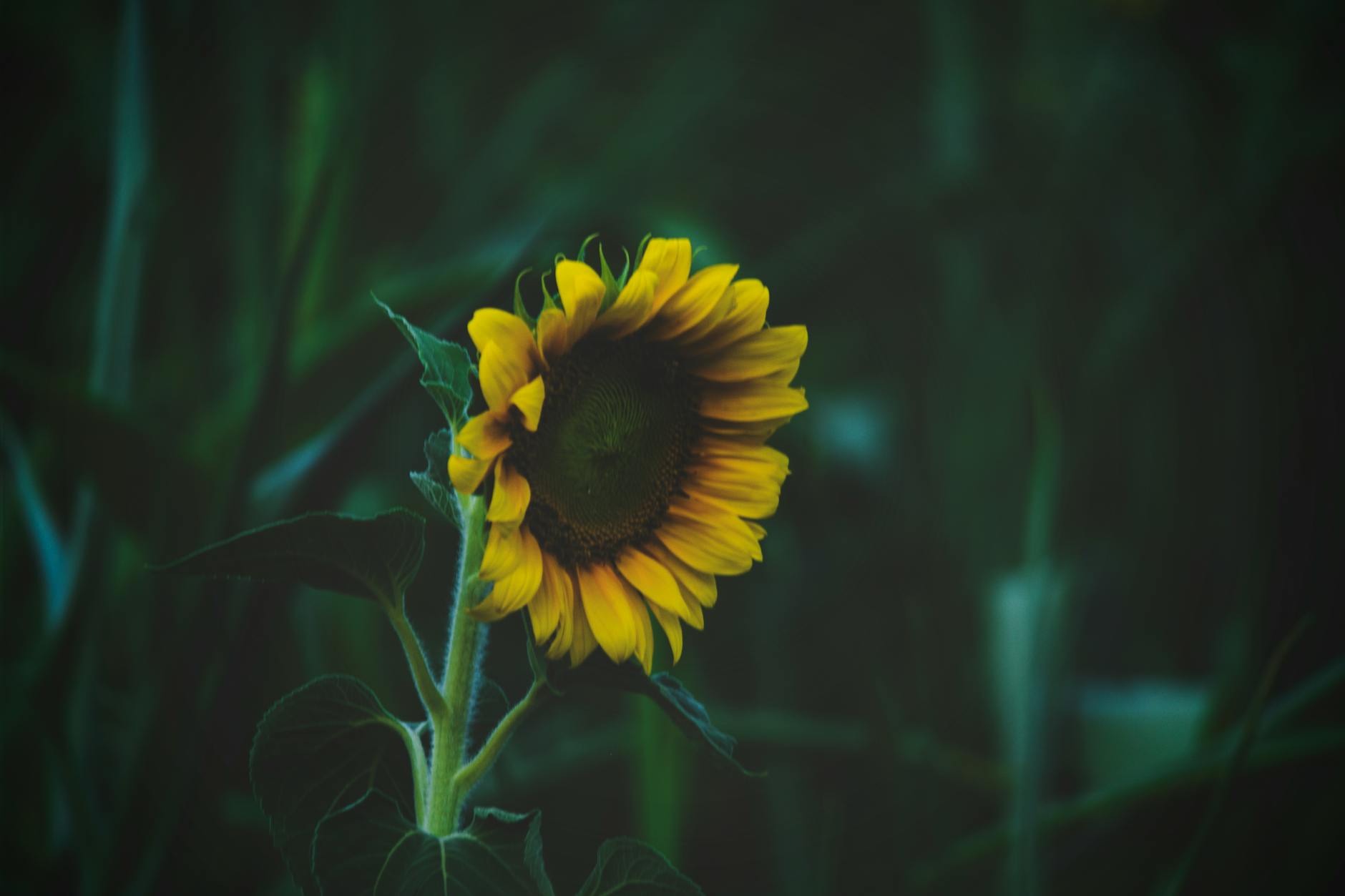
Plants may not wear wristwatches, but they have their own internal timekeeping system called a circadian rhythm. Just like our own bodies, plants have a natural cycle of activity and rest that repeats roughly every 24 hours. This internal clock helps them know when to open and close their leaves, when to produce flowers, and even when to prepare for seasonal changes. It’s a fascinating example of how even seemingly simple organisms have complex biological mechanisms.
Read More: Pollution Dangers: 15 Alarming Facts You Need to Know
7. Flowers Talk to Each Other:
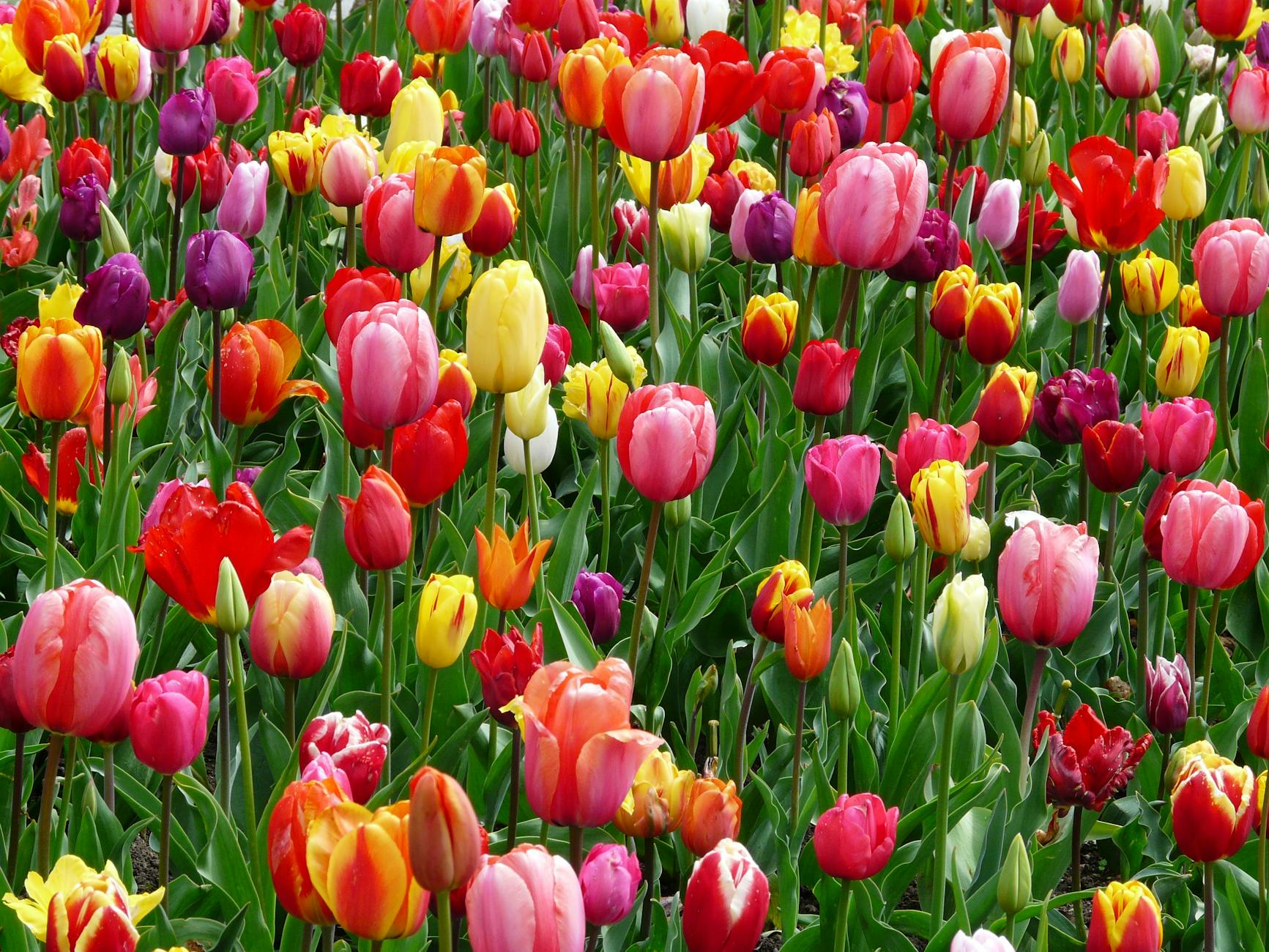
While we humans communicate with words and gestures, plants have their own secret language of chemicals. When a plant is under attack by insects, it doesn’t just suffer in silence. It releases special chemicals into the air, like sending out an invisible smoke signal. Neighboring plants “smell” these signals and understand that danger is near. In response, they might boost their own defenses, producing chemicals that make them less tasty to bugs or attracting the bugs’ natural predators. It’s a remarkable example of plant cooperation and communication.
8. One Flower Smells Like Dead Things:
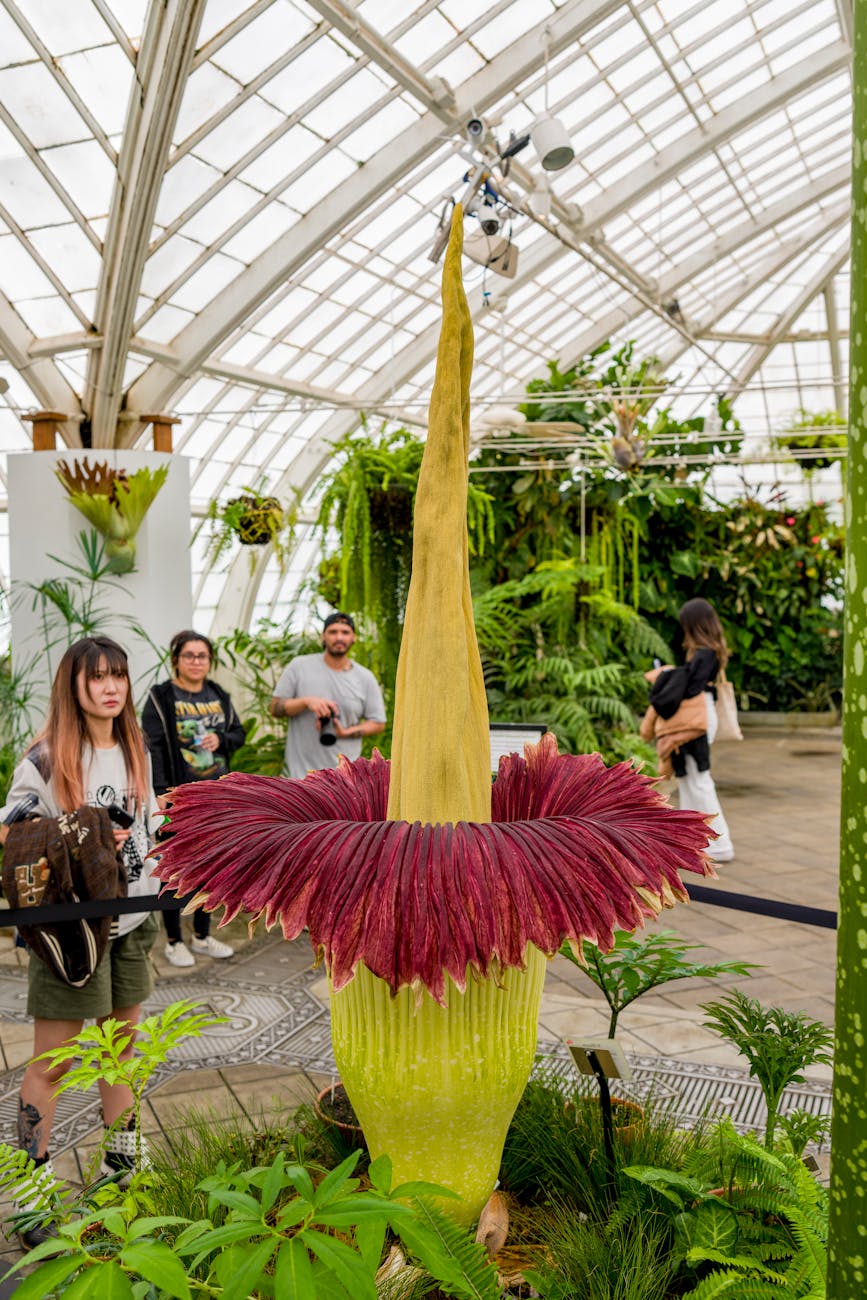
The Corpse Flower, with its scientific name Amorphophallus titanum, is not your average, sweet-smelling bloom. In fact, it’s known for having one of the most disgusting smells in the plant world. When this giant flower blooms (which only happens every few years), it emits a powerful stench of rotting flesh. This might seem repulsive to us, but it’s a brilliant strategy to attract its pollinators. Carrion beetles and flies, which are naturally drawn to the smell of decay, flock to the Corpse Flower, thinking they’ve found a tasty meal. In the process, they pick up pollen and help the flower reproduce. It’s a perfect example of how nature can be both beautiful and bizarre.
9. Bamboo Can Grow Crazy Fast:
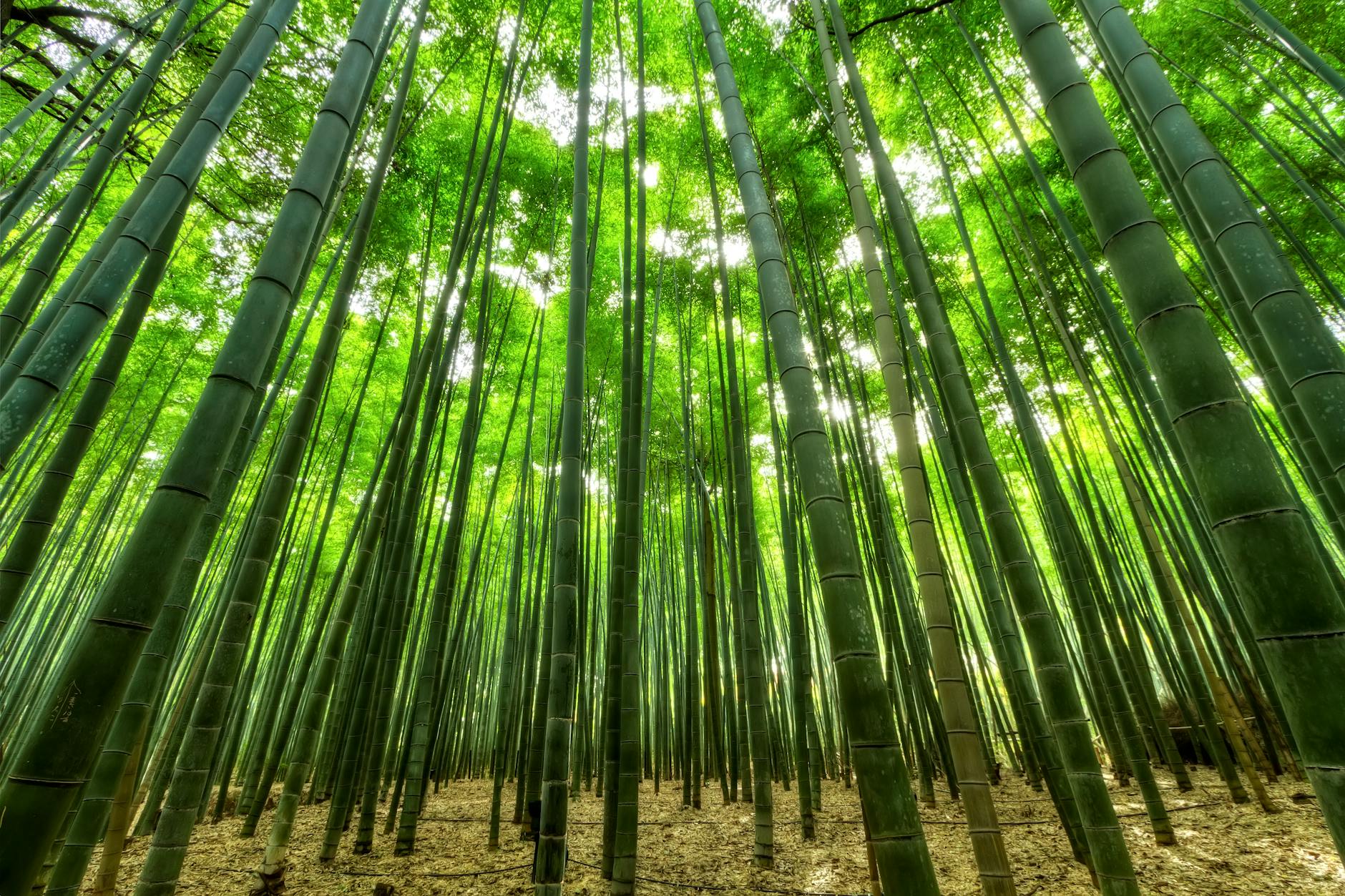
When it comes to growth spurts, bamboo takes the prize. Certain species of bamboo can grow up to 3 feet (91 centimeters) in just 24 hours! That’s like watching a plant shoot up taller than a toddler in a single day. This incredible growth rate is due to a unique combination of factors, including specialized cells that rapidly divide and elongate, and the plant’s ability to efficiently transport water and nutrients. This rapid growth makes bamboo a sustainable and versatile resource, used for everything from building materials to textiles.
10. Sunflowers Follow the Sun:
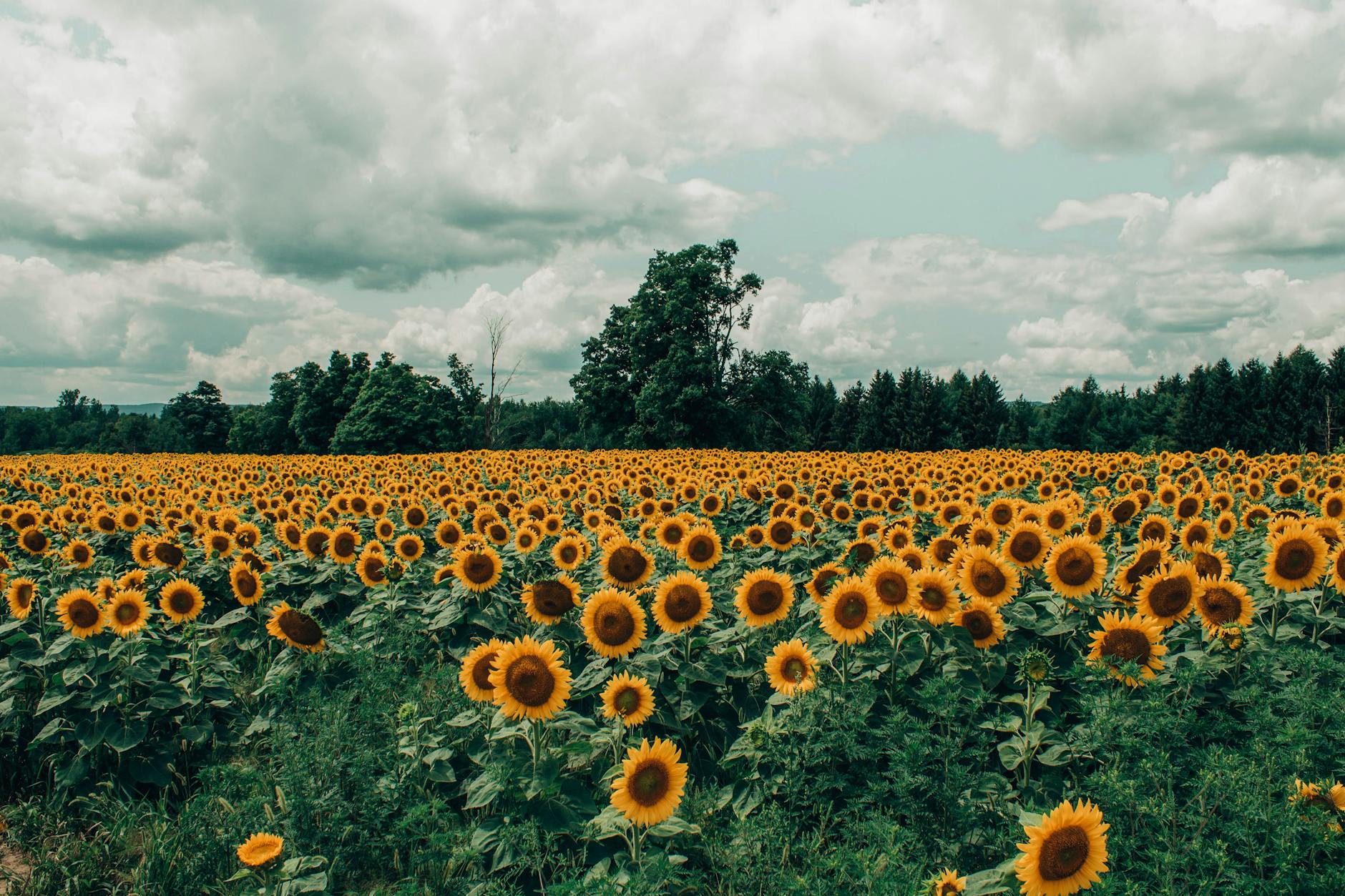
Sunflowers have a fascinating superpower called heliotropism, which means they track the sun’s movement across the sky. Young sunflowers start their day facing east to catch the morning rays, then slowly turn their heads throughout the day to follow the sun’s path westward. This movement is driven by a hormone called auxin, which regulates cell growth in response to sunlight. By maximizing their exposure to sunlight, sunflowers can grow faster and produce more seeds.
Read More: Discover 15 Amazing Facts About the Amazon Rainforest
11. Some Plants Live for Thousands of Years:
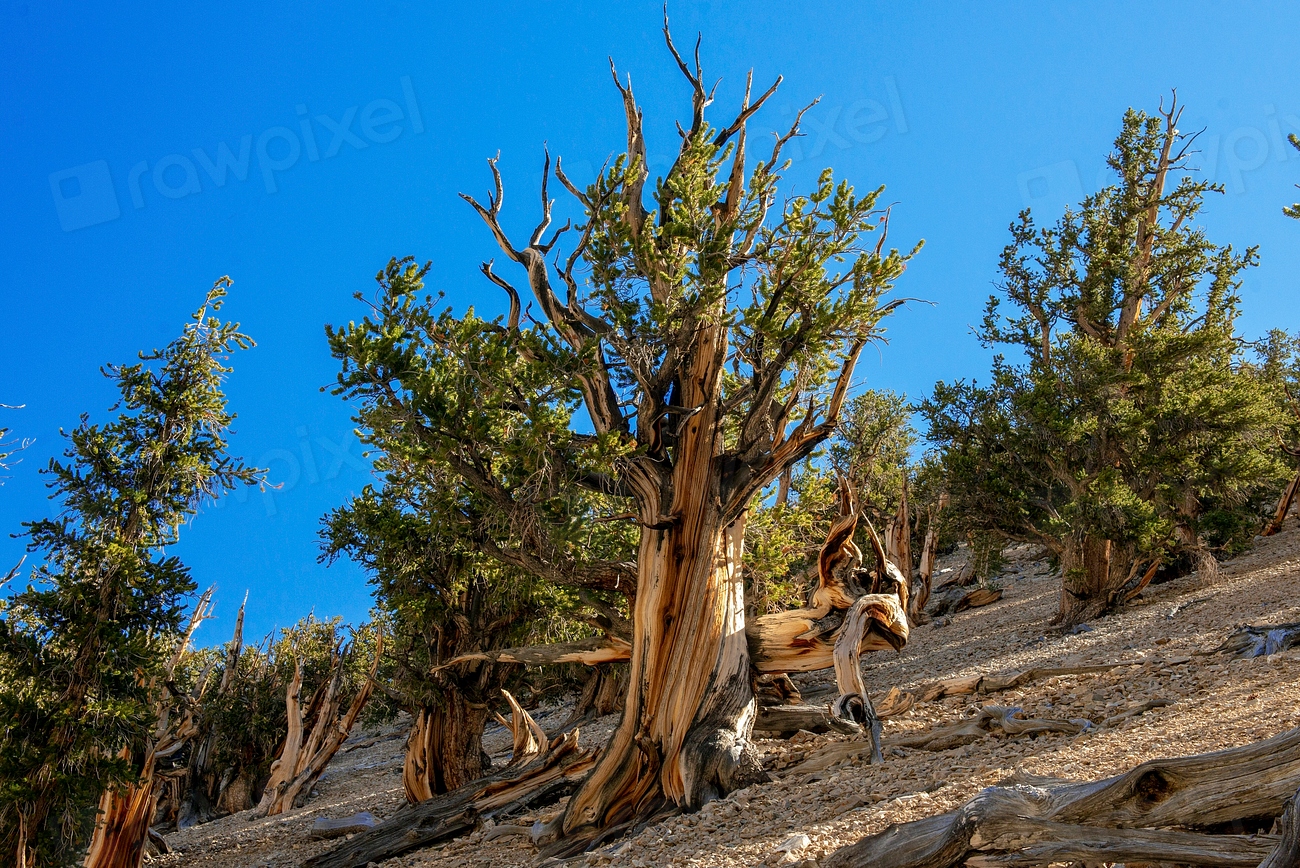
The bristlecone pine, found in the harsh environments of high-altitude mountains, is a true testament to endurance. Some individual bristlecone pines are estimated to be over 5,000 years old, making them some of the oldest living organisms on Earth. These ancient trees have weathered countless storms, droughts, and temperature extremes, their gnarled and twisted trunks bearing witness to centuries of history. They are a living connection to the distant past.
12. The World’s Smallest Flower is Tiny:
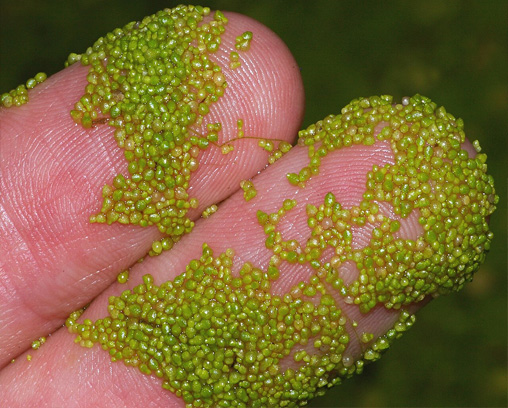
Wolffia, also known as watermeal, is the champion of the miniature flower world. These tiny green specks, barely visible to the naked eye, float on the surface of ponds and lakes. Each Wolffia plant is just a few millimeters in size, and its flowers are even smaller, consisting of a single stamen and pistil. Despite their diminutive size, they play a crucial role in aquatic ecosystems, providing food and shelter for tiny creatures.
13. Soil Can Change a Flower’s Color:
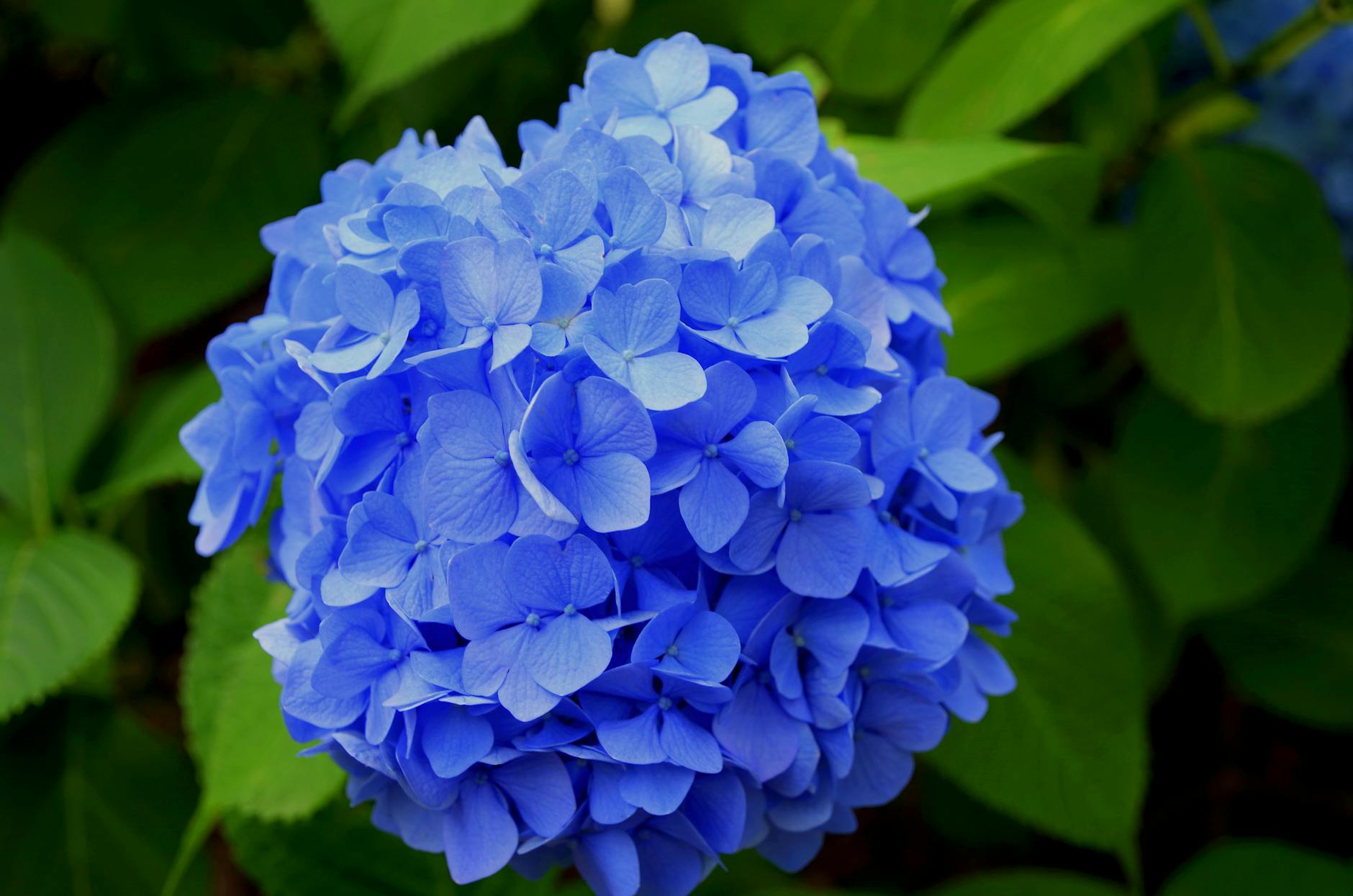
Hydrangeas are like living mood rings for your garden. The color of their beautiful blooms can shift depending on the type of soil they’re planted in. If the soil is acidic, meaning it has a low pH level, hydrangeas will often display vibrant blue flowers. But if the soil is more alkaline, with a higher pH, the flowers will turn shades of pink or even red. This magical transformation is due to the presence of aluminum in the soil. Acidic soil makes it easier for the hydrangea to absorb aluminum, which turns the flowers blue. Alkaline soil makes aluminum less available, resulting in pink or red blooms. It’s like a natural chemistry experiment happening right in your garden!
14. Some Plants Glow in the Dark:
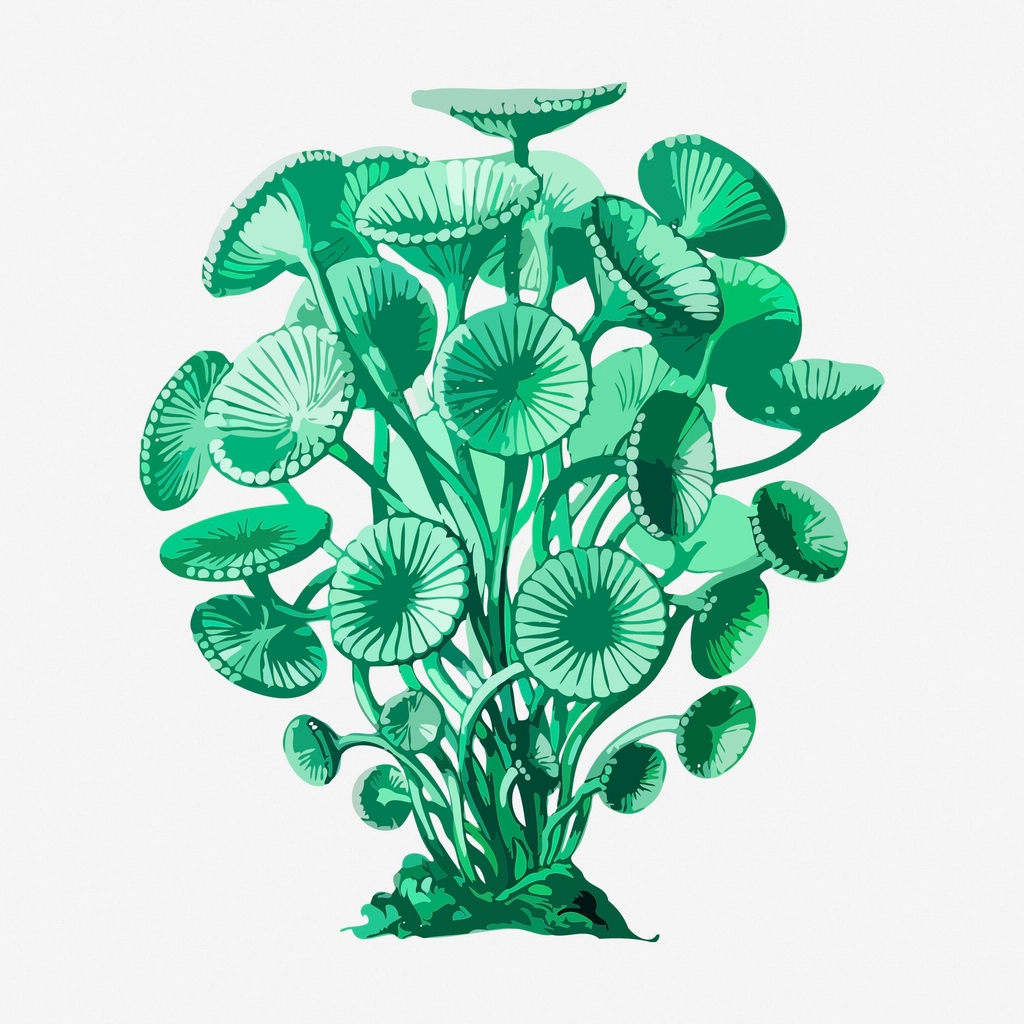
While it might sound like something out of a fantasy novel, bioluminescent plants are a real and enchanting phenomenon. A few rare species of algae, fungi, and even some flowering plants possess the ability to produce light. This eerie glow, known as bioluminescence, is caused by a chemical reaction within the plant. It’s a captivating sight, with these plants emitting a soft, ethereal light that illuminates their surroundings. Scientists believe this glow serves various purposes, such as attracting pollinators at night or deterring herbivores.
15. Flowers Can Trick Animals:
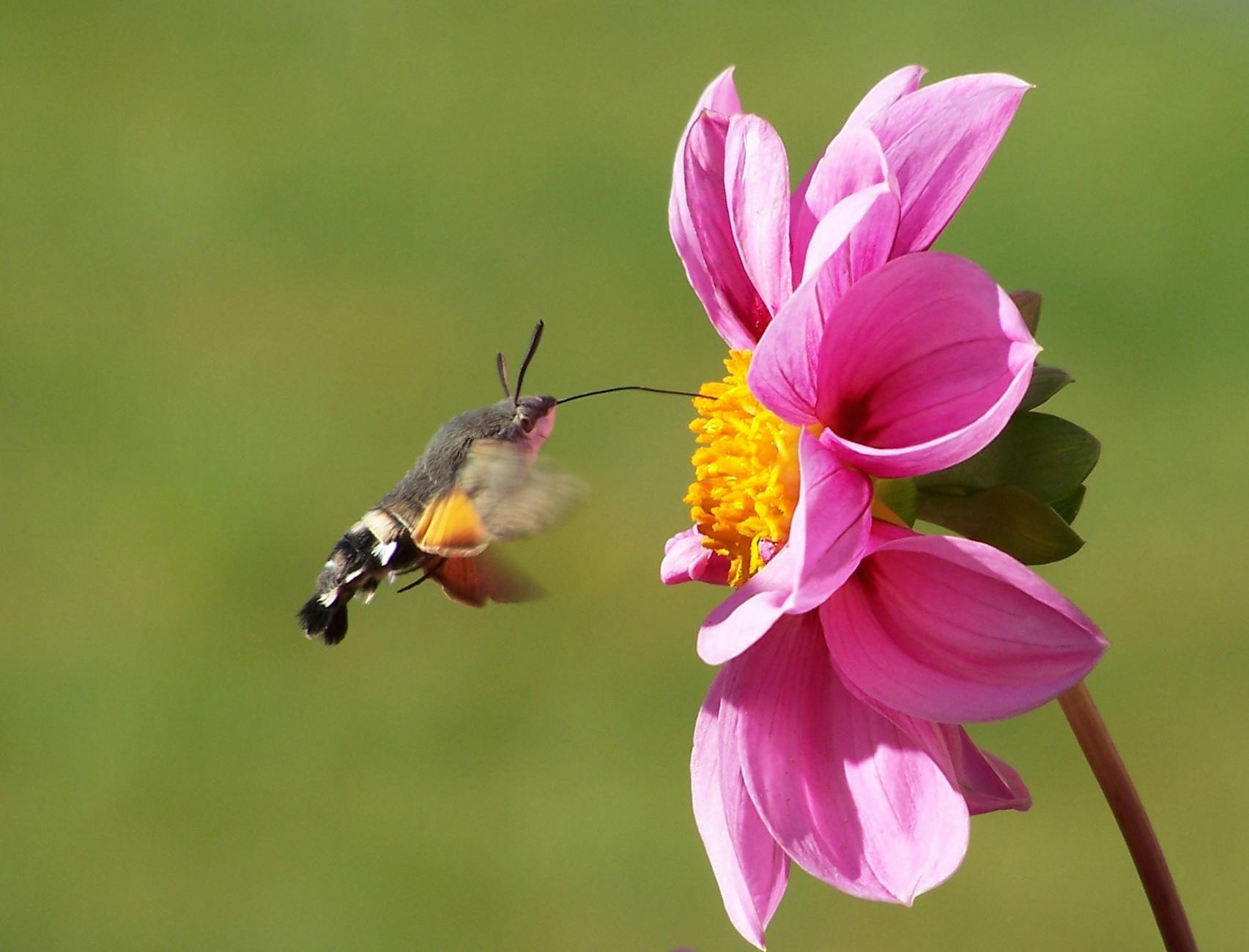
Flowers and their pollinators have a fascinating and sometimes deceptive relationship. Some orchids, for instance, have evolved to be masters of disguise. They mimic the appearance and scent of female insects, luring unsuspecting males to land on them in hopes of mating. In their misguided attempts, the males inadvertently pick up pollen and carry it to other orchids, helping the flowers reproduce. It’s a clever trick that highlights the intricate dance between plants and animals in the natural world.
Conclusion
The plant kingdom is a treasure trove of wonders, filled with surprising adaptations and fascinating behaviors. From the complex communication networks of trees to the deceptive tactics of flowers, these 15 astonishing facts reveal the hidden depths of plant life. So, the next time you stroll through a garden or forest, take a moment to marvel at the intricate lives unfolding around you. Each plant, no matter how small or unassuming, holds a world of secrets waiting to be discovered.
15 FAQs ( frequently asked questions):
-
Do all plants need sunlight to grow?
Most plants need sunlight for photosynthesis, but some, like fungi and certain cave-dwelling plants, have adapted to survive in low-light or even dark environments.
-
Why do flowers have different colors?
Flower colors are primarily designed to attract pollinators. Different colors appeal to different insects and birds, ensuring the plant’s reproductive success.
-
Can plants feel pain?
Plants don’t have a nervous system like animals, so they don’t experience pain in the same way. However, they can sense and respond to damage or stress.
-
What is the largest flower in the world?
The Rafflesia arnoldii, also known as the corpse flower (due to its pungent odor), is the largest individual flower in the world. It can grow up to 3 feet (91 cm) in diameter!
-
Can plants communicate with humans?
While plants can’t communicate with us directly, they can “talk” to us through their growth patterns, colors, and responses to the environment. By paying attention to these signals, we can learn to better understand and care for them.
-
How do plants drink water?
Plants absorb water through their roots. Tiny root hairs draw water from the soil, and it travels up through the stem to the leaves.
-
Why are some plants poisonous?
Some plants produce toxins as a defense mechanism to deter animals from eating them. These toxins can range from mild irritants to deadly poisons.
-
Do plants sleep?
While plants don’t sleep in the same way animals do, they do have periods of rest and activity. Some flowers close at night, and some plants droop their leaves when it’s dark.
-
What is the rarest flower in the world?
The Middlemist Red camellia is considered one of the rarest flowers, with only a few known specimens remaining in the world.
-
Can plants clean the air?
Yes! Many houseplants have air-purifying properties. They can remove harmful pollutants like formaldehyde and benzene from the air.
-
How do plants make their own food?
Plants use a process called photosynthesis to convert sunlight, water, and carbon dioxide into sugar, which they use for energy.
-
Can plants recognize their relatives?
Some studies suggest that plants can recognize and favor their kin by altering their growth patterns.
-
What is the oldest tree in the world?
While it’s difficult to pinpoint the exact oldest tree, Methuselah, a bristlecone pine in California, is estimated to be over 4,800 years old.
-
Why do some flowers smell sweet?
Sweet scents attract pollinators like bees and butterflies, which help the plant reproduce.
-
Can plants hear music?
While there’s no scientific evidence that plants enjoy music in the same way humans do, some studies suggest that vibrations from sound waves may stimulate plant growth.




